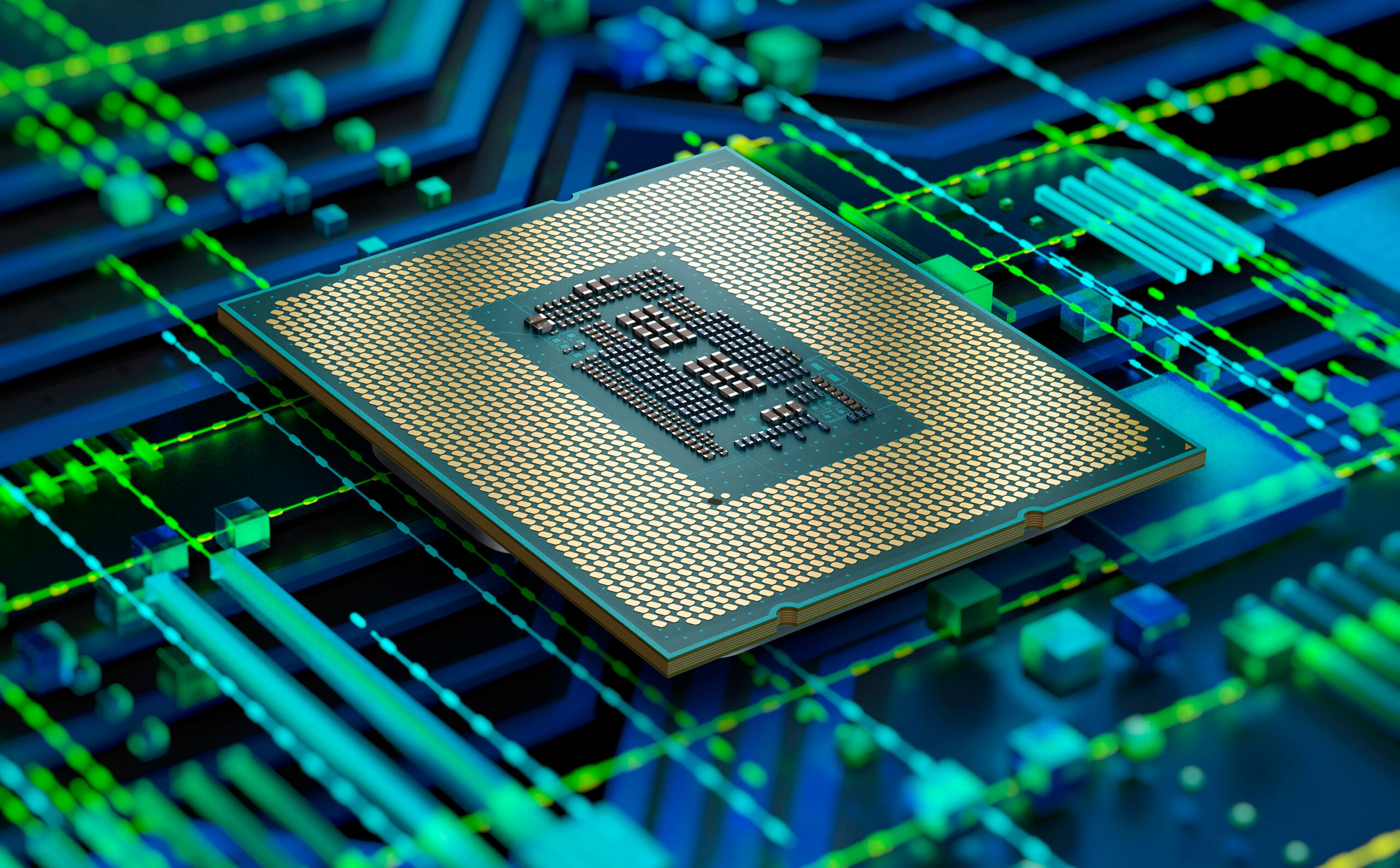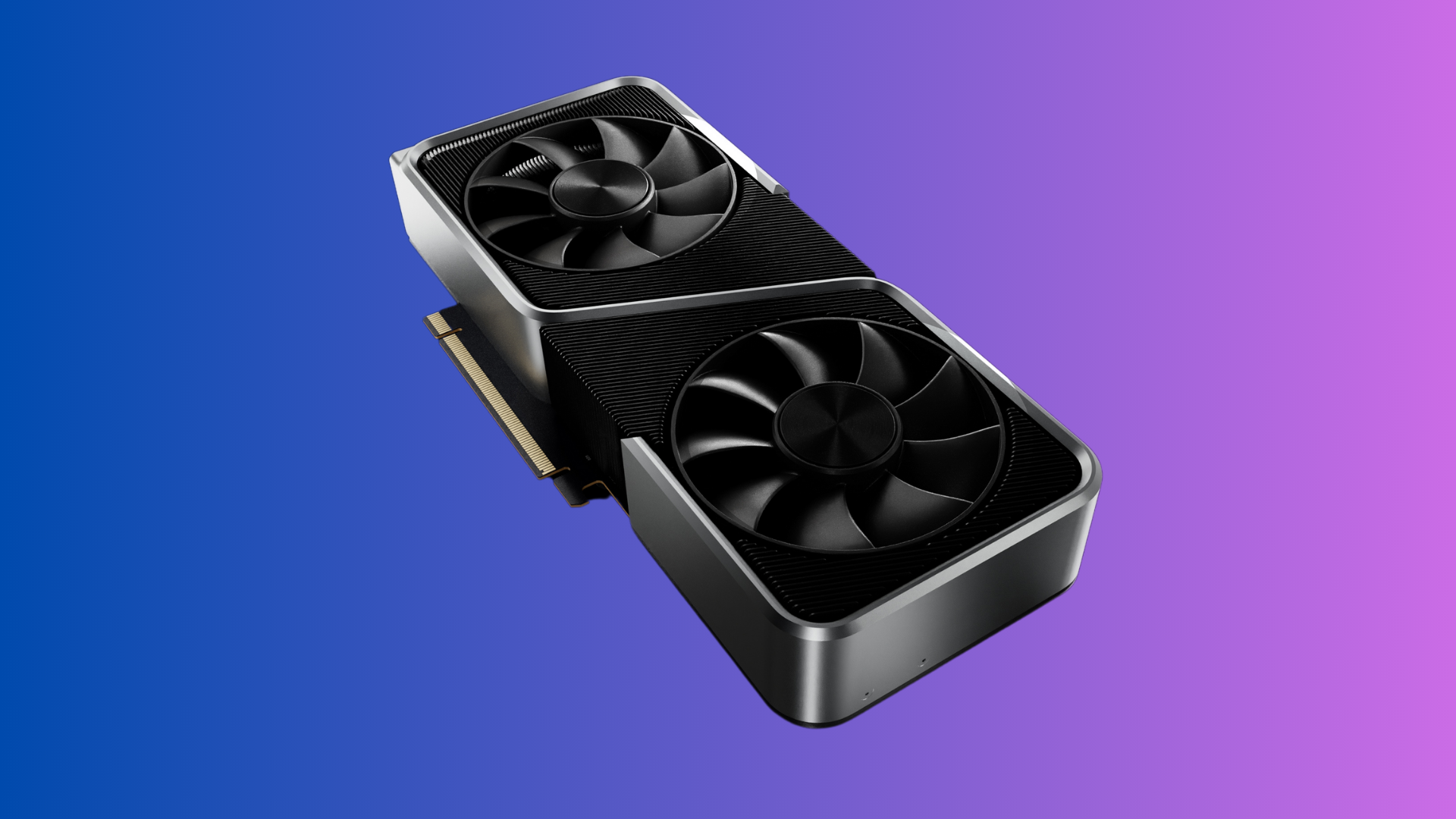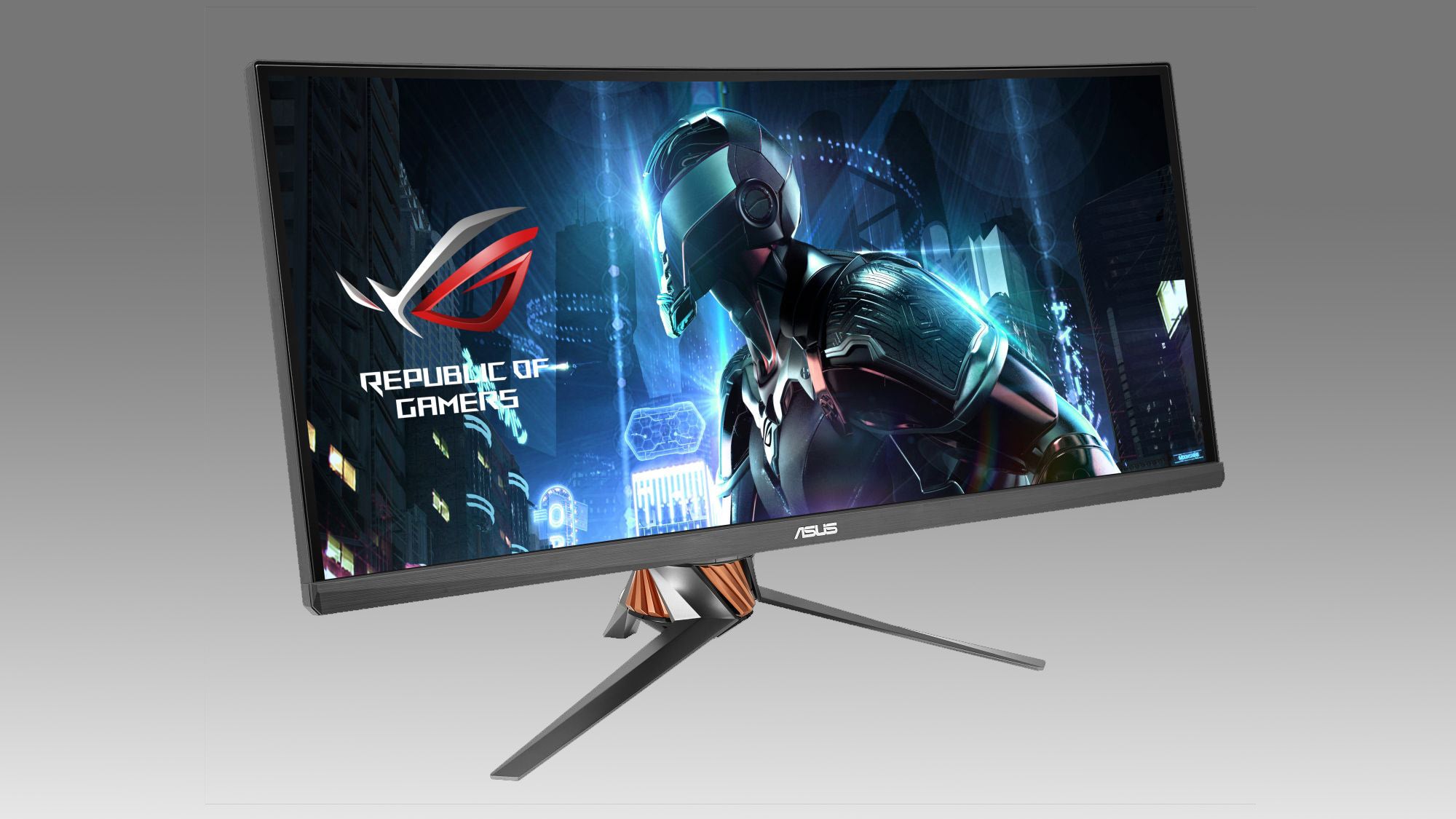What is eMMC?

If you’ve been looking to buy a smartphone, tablet, small laptop or even a handheld gaming device, then it’s likely that you’ve come across the term eMMC storage.
eMMC is an extremely common spec for portable devices, but it has several big advantages and disadvantages that you’ll need to consider.
If you’re not sure exactly what eMMC is, then you’re in the right place, as we’ve created this guide for the term. Keep reading on for the full breakdown.
What is eMMC?
eMMC stands for Embedded MultiMediaCard, and is a common storage solution for portable devices such as smartphones, tablets, budget laptops and more. It’s also the base storage option for the Steam Deck.
The main advantage of using eMMC for portable devices is that it’s so small – even smaller than your average postage stamp. This allows manufacturers to keep devices small, while also freeing up room for larger batteries or cooling setups.
An eMMC is also a lot cheaper to produce than the likes of an SSD, hence why it’s offered up as the option for the cheapest Steam Deck configuration.

However, there are a lot of drawbacks to eMMC too. Firstly, eMMC is more efficient at lower capacities, and so commonly sees between 32GB and 256GB of storage space, which is incredibly restrictive for modern file sizes. Laptops usually need between 512GB and 2TB of storage, and so eMMC is not a viable option outside of Chromebooks.
The performance speed of eMMC is generally a lot slower than that of SSDs too. The average speed of eMMC comes in at just 400MB/s, while modern laptops usually see read speeds of around 3500MB/s which is nearly 9x faster.
A faster read speed will result in quicker boot-up times, as well as shorter loading times when opening installed apps and software. This is especially important for gaming devices such as the Steam Deck, as it dictates how long you’ll have to wait for a loading screen to pass. Upgrading to an SSD for the Steam Deck will not only give you a greater capacity, but also boost the performance.
An eMMC is not replaceable either, as it is soldered onto a device’s motherboard. This makes it more difficult to upgrade a device’s storage capacity, whereas an SSD can often be swapped out for another.
It’s clear that SSDs are the superior option for devices where you need high storage and performance, but an eMMC can still be useful if you want a small, portable device with an affordable price.








